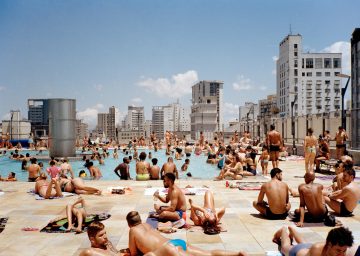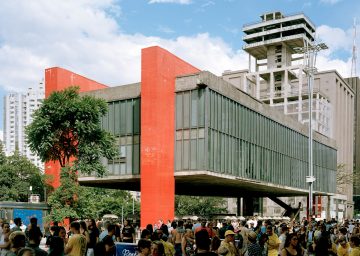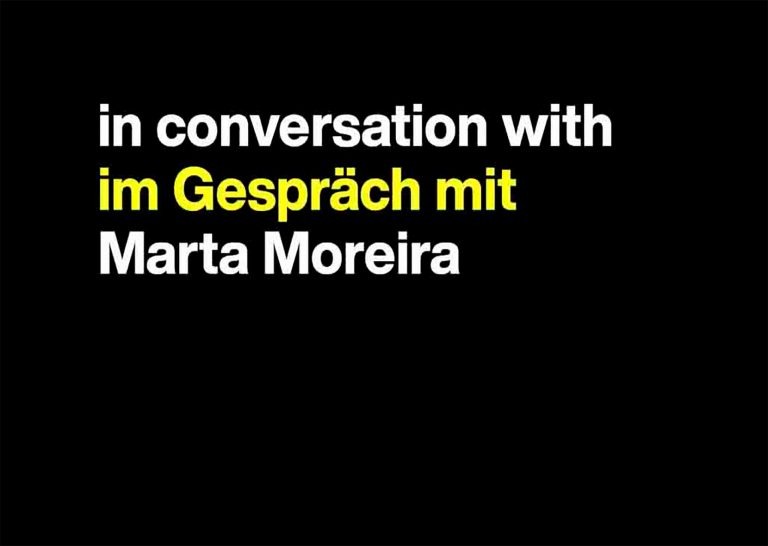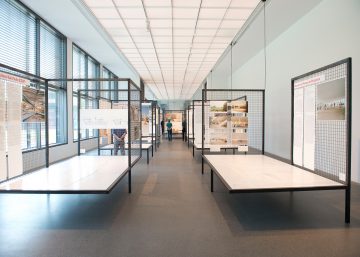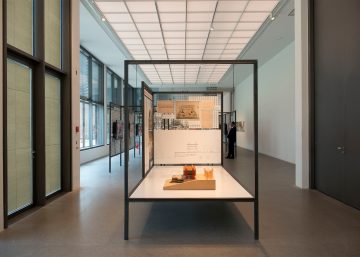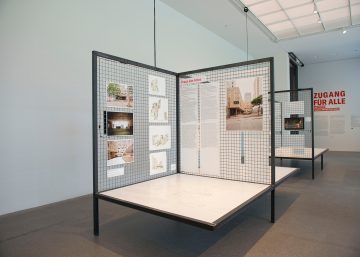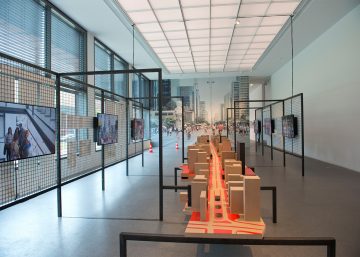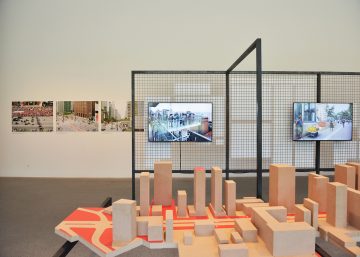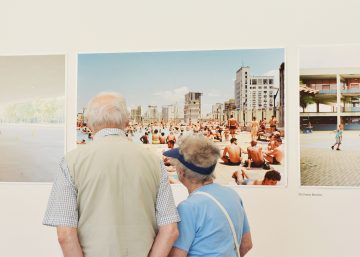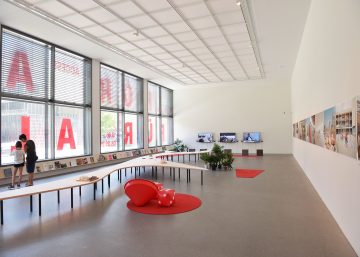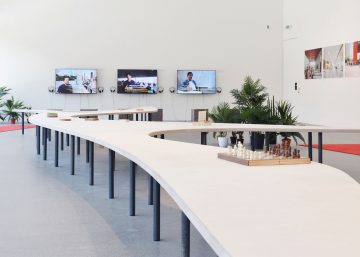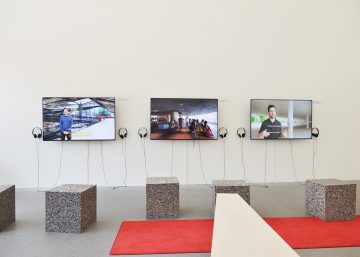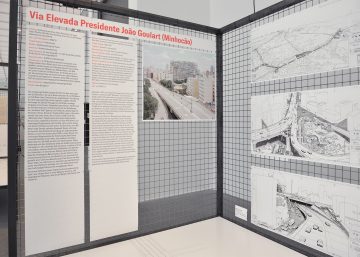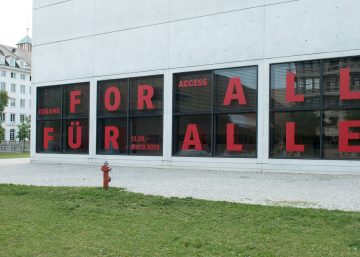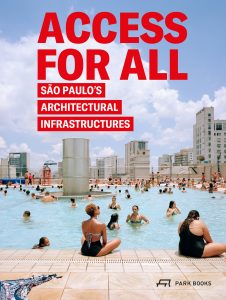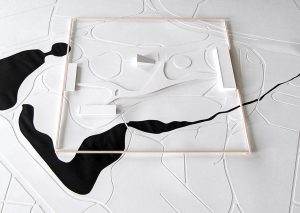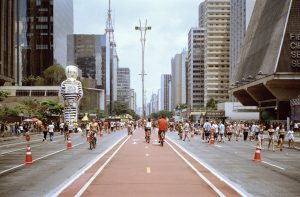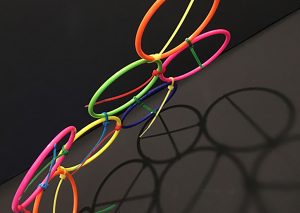Access for All
São Paulo’s Architectural Infrastructures
As one of the world’s megacities, São Paulo has for decades seen an investment in architectural infrastructures that attempt to mitigate its open space shortages and also fulfill the constant need for recreational, cultural, and sports programs. The exhibition "Access for All: São Paulo’s Architectural Infrastructures" presents buildings, open spaces, and infrastructural projects at different scales—public, semipublic, or privately owned—which arguably attempt to create inclusive places for urban society.
The examples selected were built from the 1950s to the present—from the establishment and consolidation of modern architecture in Brazil onward—meaning that the exhibition is both a historical survey and an analysis of current architectural production. The exhibition looks partly at how the city is designed by architects from within buildings, and conversely at how, figuratively speaking, the city contributes to the design of buildings and open spaces. There is an emphasis on how architecture interweaves with the city, since the case studies are accessed through raised or open ground floors, and how it connects to the city through internal streets. Sidewalks “enter” through ramps, wide stairs, escalators, and at times reappear elsewhere in the cityscape as elevated (or sunken) plazas, “streets in the air,” rooftop terraces, and/or gardens. The exhibition focuses on the programmatic characteristics of these buildings, rather than on the formal qualities usually emphasized in scholarship on Brazilian architecture. All of the projects, regardless of the period of their origin, have been analyzed in their current state. The exhibition features archival facsimiles alongside newly commissioned photographs, films, architectural drawings, illustrations, models, and interviews.
While many cities around the world are still chasing the so-called “Bilbao effect”—the creation of a monofunctional “signature” architectural work by a famous architect that can attract tourism—this exhibition advocates for architectural infrastructure that adds programs of different natures, and that is aimed at social sustainability for local citizens. This aspect of urban growth in São Paulo—quite a vertical and densely populated city, a city of great resources and also tremendous poverty, a city with a high crime rate, a city with severe traffic issues, and a city with public health problems—illustrates how architecture and infrastructure can contribute to a city’s urban development in multiple ways.
The exhibition will subsequently be shown in two other museums:
AIA New York | Center for Architecture (11.02.2020 - 28.02.2022)
S AM | Schweizerisches Architektur Museum (20.03.2021 - 15.08.2021)
Part of the exhibition is also shown at the Venice Biennale of Architecture (22.05.2021 – 21.11.2021)
Curator | Daniel Talesnik
Assistance | Marcello Della Giustina, João Bittar Fiammenghi, and Pia Nürnberger
Exhibition architecture | Mariana Vilela
Photographs | Ciro Miguel
Illustrations | Danilo Zamboni
Architectural drawings | Guilherme Pianca, Gabriel Sepe and team
Graphic Design | Kathryn Gillmore
Videos | Pedro Kok
